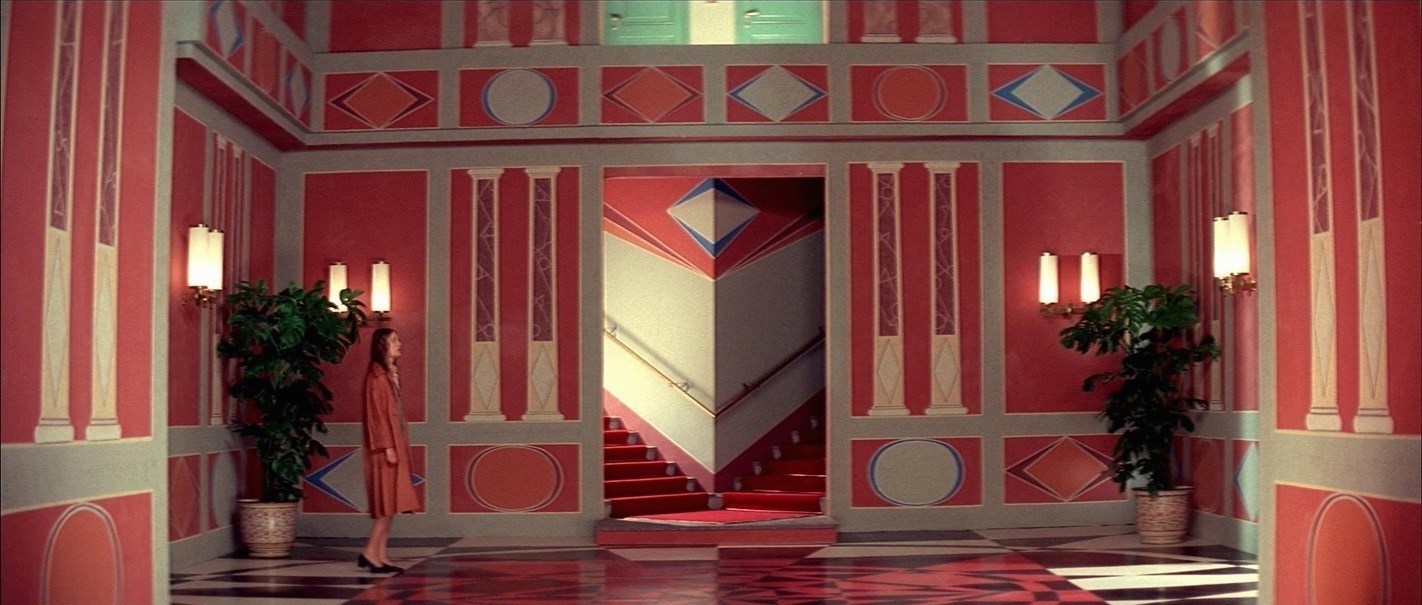Frills, thrills and spectacular decor: this 70s Giallo horror provides a veritable feast of visual inspiration...
Dario Argento’s Suspiria [1977] is the epitome of cinematic visual frenzy. Centred around Suzy Bannion, an American ballerina who moves to Germany to study dance at a prestigious academy (which turns out to be a front for a supernatural coven), Argento privileged the experience of sound and vision over that of character and plot – resulting in an intensely hallucinatory experience where the witchy storyline definitely comes second. Saturated in lurid technicolour and soundtracked by prog rock band Goblin, the film is as aesthetically instructional as it is unnervingly sinister; and so, here are the lessons we can learn from the 98 minutes of ocular opulence.
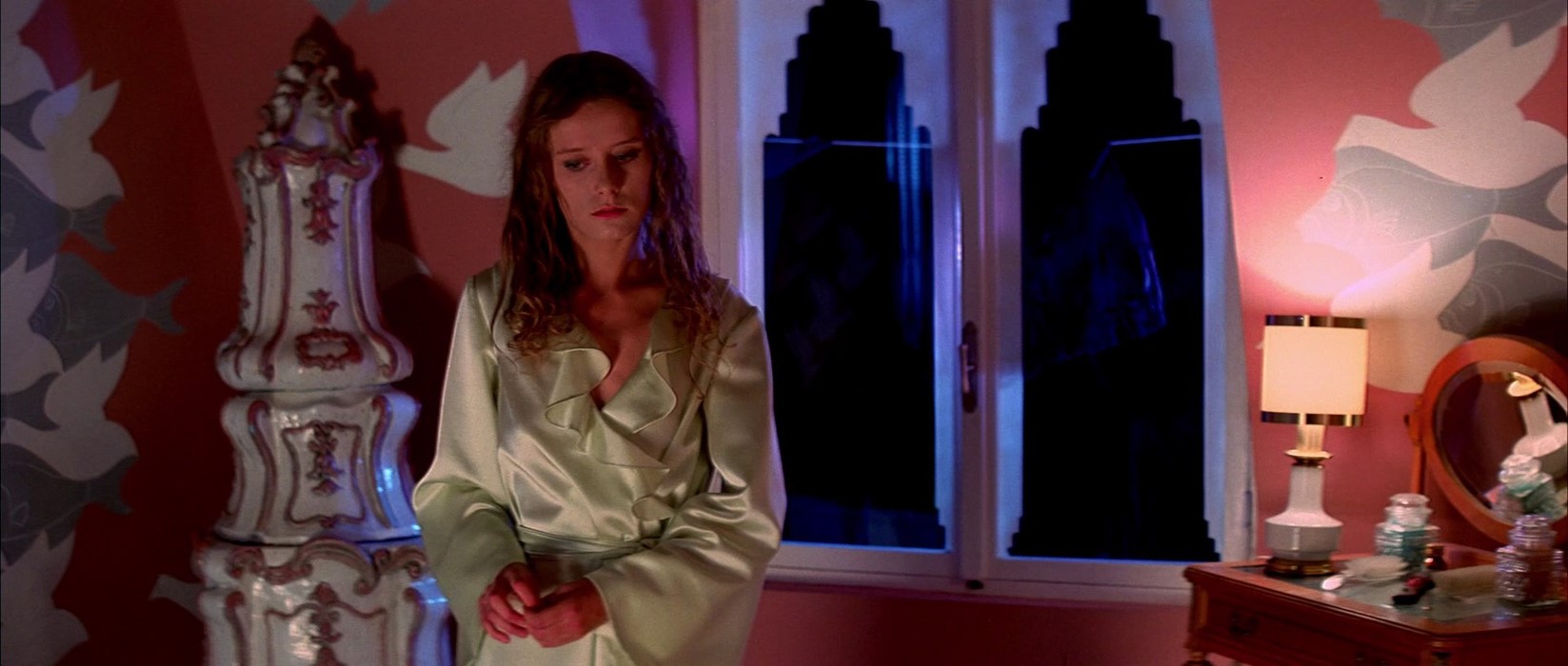
1. Pastel frills make the gruesome even more gruesome
At the start of the film, a breathy and fearful Pat Hingle (a student expelled from the academy) is mysteriously murdered by a disembodied arm and the apparition of a noose. It is all fairly grisly – particularly when Hingle’s still-beating heart is stabbed through her pastel green satin nightrobe (quite Gucci). Seeing the minty frills drenched with luminous bloodstains, the film introduces us to a very clear aesthetic: a soft girlishness contrasted against almost comic brutality makes the gruesome even more gruesome.
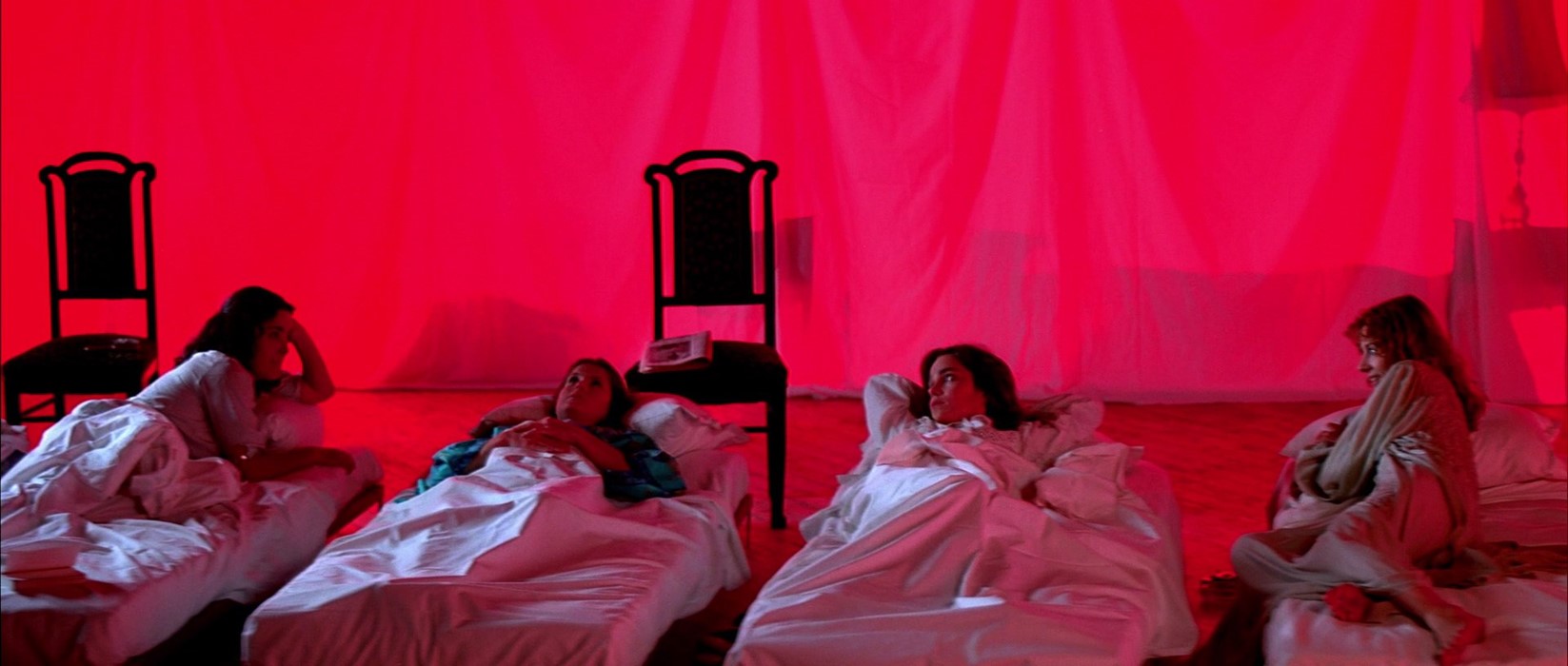
2. Walt Disney can be an unexpected inspiration
There is something fantastical about the dance academy, which is rendered almost cartoonish by its geometric architecture and luminous decor. In Maitland McDonagh’s book Broken Mirrors/Broken Minds: The Dark Dreams of Dario Argento, Argento explained that, “we were trying to reproduce the color of Walt Disney’s Snow White; it has been said from the beginning that Technicolour lacked subdued shades, was without nuances – like cut-out cartoons.” This artificiality is a key component to the surreal impact of the film and its Technicolour hues – originally made familiar by cartoons and Doris Day movies – destabilise our expectations when applied to gory horror.
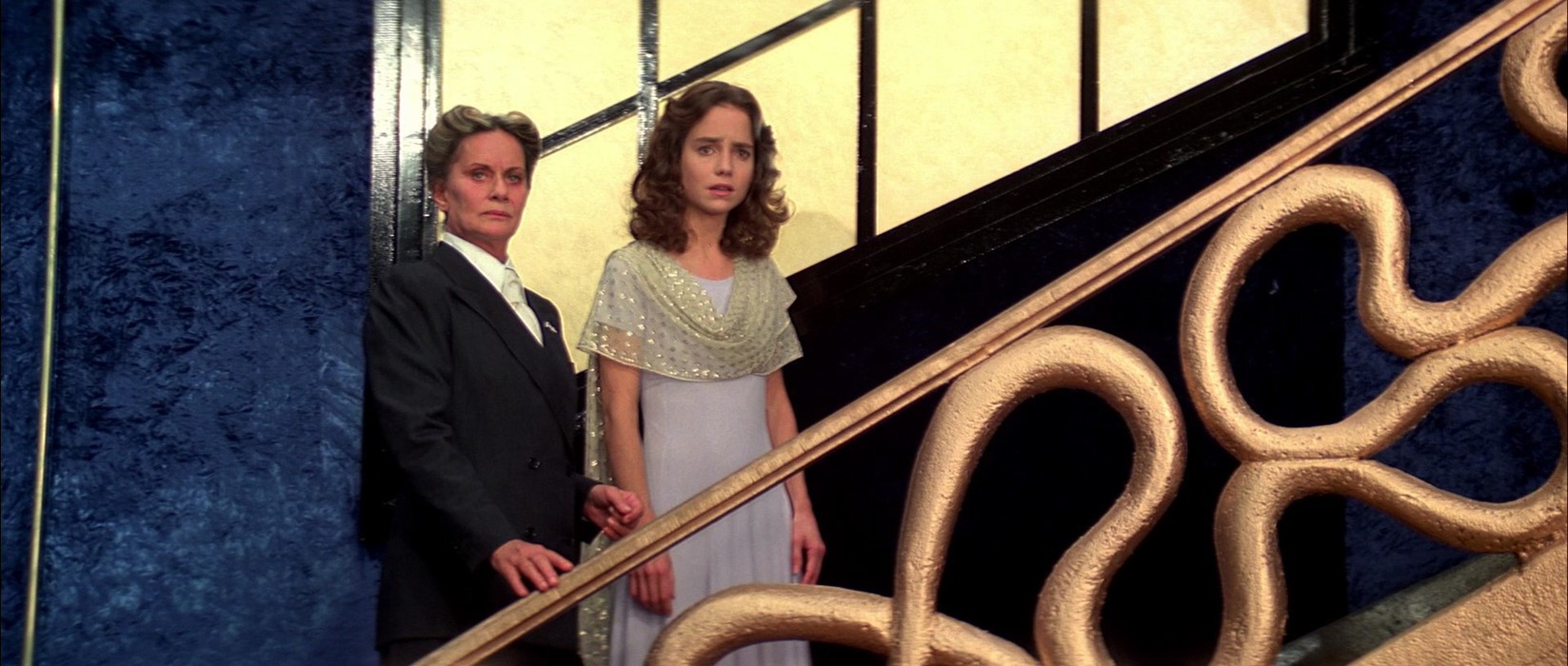
3. One’s application of hairspray communicates a great deal
When a wide-eyed Suzy arrives at the academy in a white dress with a grey chiffon scarf floating around her shoulders, she is almost painfully timid. Her soft, romantic curls are in absolute opposition to the stiff up-dos of the brusque teachers; she a soft picture of angelic naivite, they sternly proper. Remember, a lot can be learned from the amount of hairspray applied to a woman’s hair; her tutors’ is an indication of calculated self-presentation disguising their evil intentions.
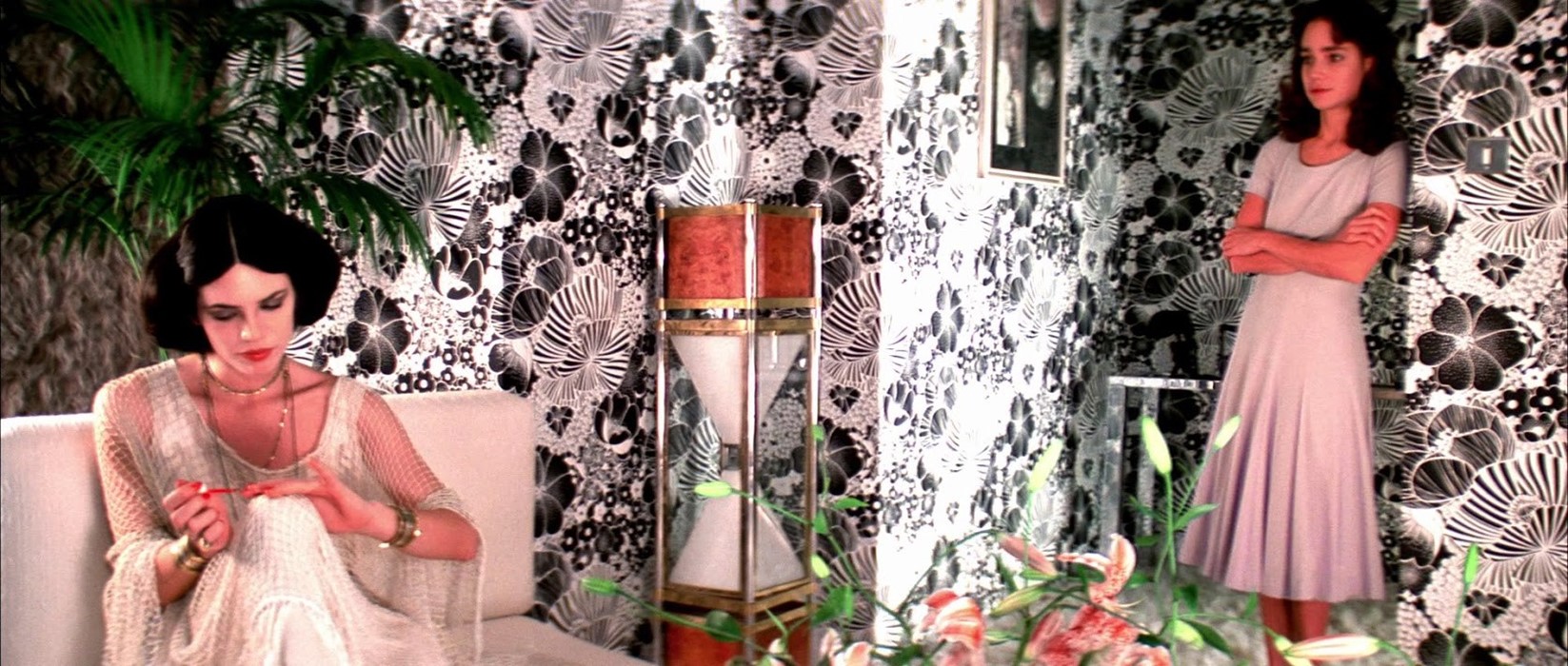
4. Keeping up appearances is imperative
At her apartment, a coldly bitchy (though wonderfully seductive) Olga paints her nails bloody red while apathetically musing about the murder of poor Pat. Her fully-considered appearance is significantly more important to her than the death of a fellow student (a motif consolidated by the continual preening of the other girls during a bizarre time of horrors). Positioned against the brilliant wallpaper and Art Deco interior of her home, we are reminded of the importance of aesthetics – whether personal or decorative – above all else.
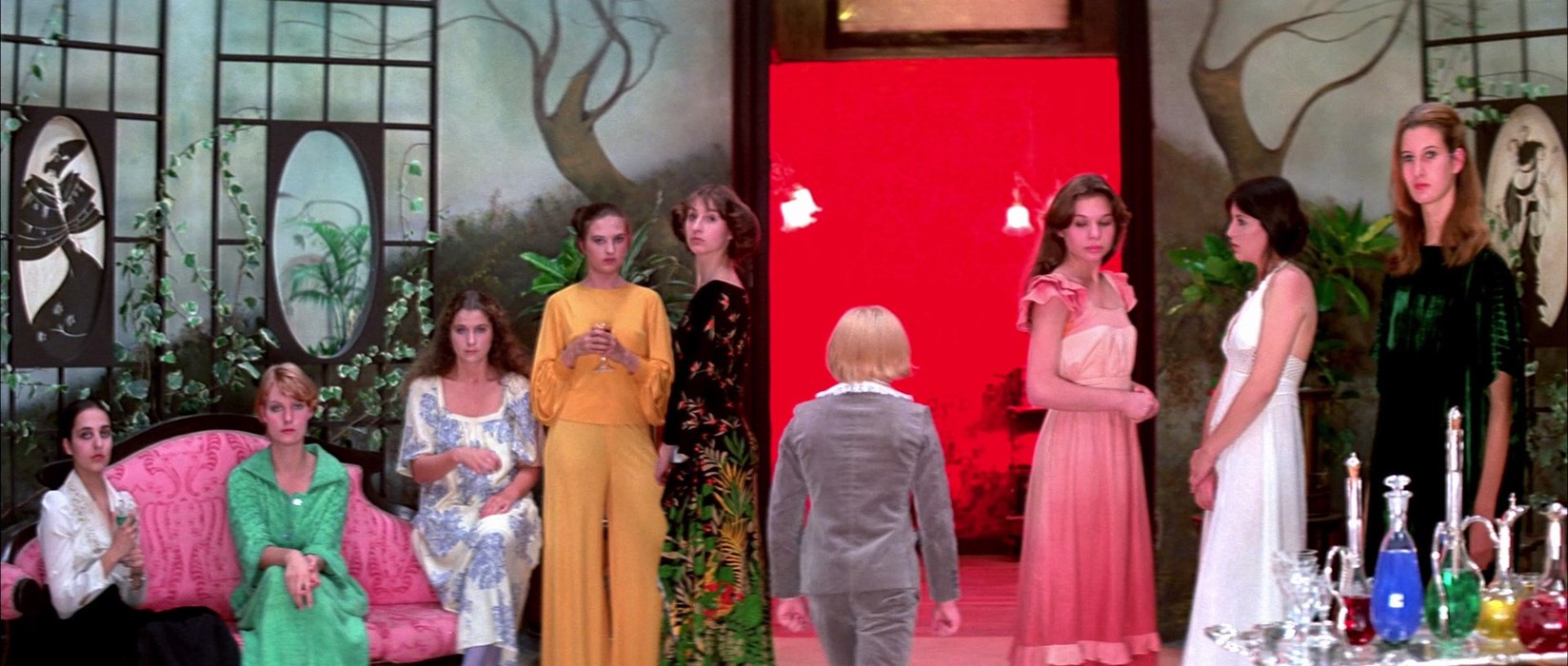
5. A rainbow of colour is the new black
Similarly to how Polanski instructed the costume designer of Rosemary’s Baby to “make ’em think we’re doing a Doris Day movie” by employing pastels and gingham in the wardrobe choices, Argento eschewed traditionally gothic accoutrements of horror in favour of a rainbow of seventies dresses worn by the academy’s dancers. Alongside the continued subversions of our visual expectations, Argento is offering a plethora of sartorial inspiration and, in a season where the 70s are ruling the runways, it feels satisfyingly relevant.

6. Get ready for your (uncomfortably close) close-up
Though a wide-angle lens is key to exhibiting some spectacularly good architecture and interiors, Argento had a penchant for awkwardly intimate close-ups of his female protagonists’ faces. Cue: contorted facial expressions, deer-in-the-headlight eyes and breathy, cavernous gasps that tended to reveal a tonsil or two. Remember, the perfect shade of neon-red blood makes your teeth look extra white.
